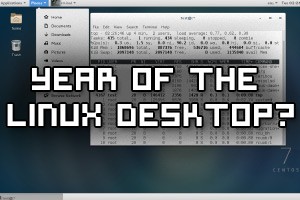
In many Linux based distributions there does not appear to be any local DNS query caching performed by default on the client side like there is in Windows. This means that if a process on the system constantly needs to connect to some domain name it will perform a DNS lookup against the resolver defined to retrieve the IP every single time.
In this particular example instance there is a process that performs 30,000,000 DNS requests per day on average against the nameserver, we are going to significantly reduce this by configuring a local DNS cache on the server performing the excessive DNS queries.


